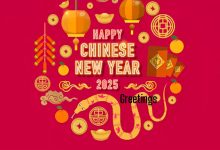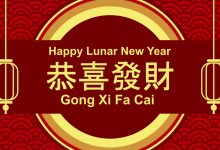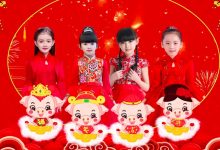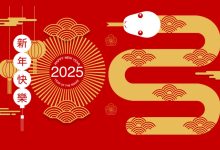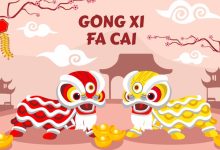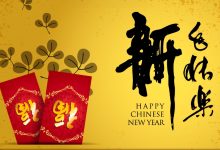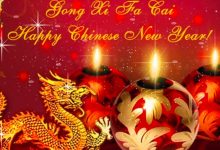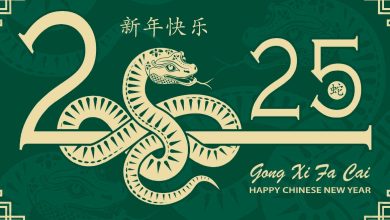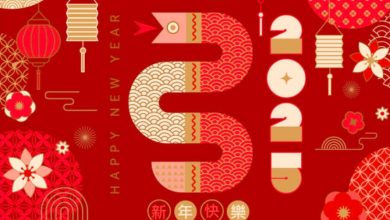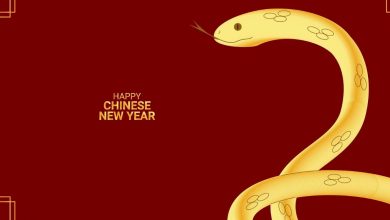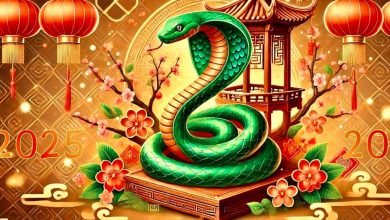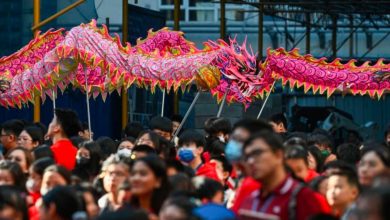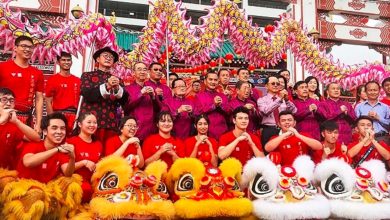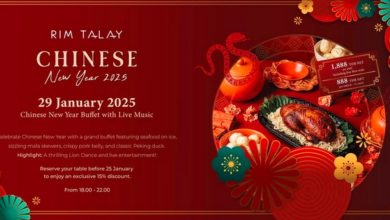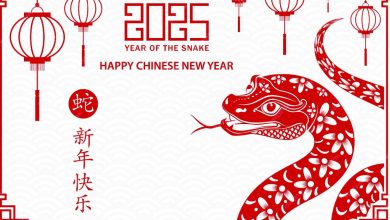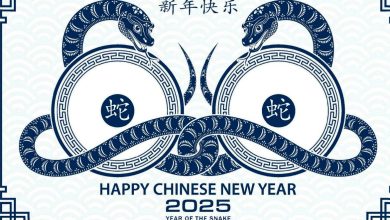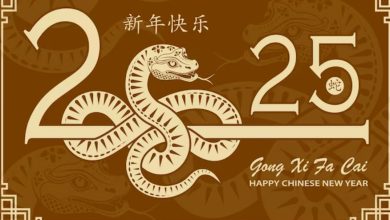
Chinese New Year Eve, celebrated on January 28, 2025, marks the culmination of preparations for the Lunar New Year and is a night steeped in deep-rooted traditions and symbolic practices. This evening is one of the most important times of the year for millions of people across the globe, particularly in countries with significant Chinese communities, such as China, Singapore, Malaysia, and Taiwan. It is a night that combines family unity, cultural preservation, and festive anticipation for the coming Year of the Snake.
The Importance of Chinese New Year Eve
Chinese New Year, or Spring Festival, is the most significant festival in the Chinese calendar, celebrating the arrival of a new lunar year. While the first day of the new year holds great importance, the evening before is equally revered. It is a time for families to come together, often traveling long distances to be with their loved ones. The emphasis on family unity during Chinese New Year Eve reflects the Confucian value of filial piety, where family ties are cherished and celebrated.
Beyond family reunions, the evening is also viewed as a spiritual and symbolic transition from the old to the new. The customs observed on this day are believed to ward off bad luck and invite blessings, prosperity, and happiness for the year ahead.
Preparations Leading to the Eve
Chinese New Year Eve is preceded by weeks of thorough preparation. Homes are meticulously cleaned in a custom known as “sweeping away the dust”, which symbolizes driving out misfortune and making space for good fortune. After cleaning, homes are adorned with bright red and gold decorations, as these colors represent good luck, joy, and wealth in Chinese culture. Common decorations include:
- Spring Festival Couplets: Red scrolls with auspicious phrases written in calligraphy, placed on doors and windows.
- Paper Cuttings: Intricately designed red paper art, often featuring symbols of luck and prosperity.
- Fu Characters: The Chinese character for “blessing” is often hung upside down to symbolize blessings “pouring in.”
Another critical aspect of preparation is shopping for the reunion dinner and stocking up on festive items like mandarin oranges, symbolic of abundance, and traditional snacks such as pineapple tarts, nian gao (sticky rice cake), and sesame balls.
The Reunion Dinner: A Feast of Unity
The reunion dinner, or tuan yuan fan, is the centerpiece of Chinese New Year Eve. This meal is a time for families to gather around the dining table, often spanning several generations, to share a lavish feast. The dishes served are rich in symbolic meaning, each representing good wishes for the year ahead. Some of the most iconic dishes include:
- Yu Sheng (Prosperity Toss): A colorful raw fish salad that is tossed together by diners while shouting auspicious phrases like “Lo hei!” (meaning “toss up”). The higher the toss, the greater the fortune in the coming year.
- Dumplings: Shaped like ancient Chinese gold ingots, dumplings symbolize wealth and prosperity.
- Fish: The Chinese word for fish, “yu,” sounds like “surplus,” so serving fish represents abundance.
- Hot Pot or Pen Cai: Communal dishes like hot pot or pen cai (a treasure pot of ingredients) symbolize unity and sharing among family members.
For many families, the reunion dinner is also an opportunity to reflect on the past year, express gratitude, and share hopes for the future.
Staying Up Late: Shou Sui
After the reunion dinner, many families participate in Shou Sui, which translates to “keeping watch over the year.” This tradition involves staying awake until midnight to bid farewell to the old year and welcome the new one. It is believed that staying up late brings longevity to one’s parents and elders, emphasizing the value of filial piety.
During this time, families may engage in activities like playing traditional Chinese games, watching festive TV programs, or simply enjoying each other’s company. In recent years, many people also spend the evening watching the CCTV Spring Festival Gala, a widely popular variety show featuring music, comedy, and cultural performances.
Firecrackers and Fireworks
At the stroke of midnight, the skies light up with fireworks and firecrackers, a practice rooted in ancient legend. According to Chinese mythology, a monster called Nian would terrorize villages every New Year’s Eve. Villagers discovered that loud noises and bright lights scared Nian away, leading to the tradition of setting off firecrackers to drive away evil spirits and welcome the new year with a bang.
In urban areas where firecrackers are restricted, grand firework displays organized by local governments or communities serve as a spectacular way to usher in the new year. These displays are accompanied by cheers, music, and a sense of collective joy.
Honoring Ancestors
A significant aspect of Chinese New Year Eve is paying respects to ancestors. Many families set up altars with offerings such as food, tea, and incense to honor their ancestors and express gratitude for their blessings. This practice reinforces the deep connection between generations and the importance of remembering one’s roots.
Modern Celebrations
While traditional customs remain deeply valued, modern influences have added new dimensions to Chinese New Year Eve celebrations. In urban centers, families may opt to dine out at restaurants offering luxurious reunion dinner packages. Cities like Beijing, Shanghai, and Singapore host elaborate countdown events featuring live performances, light shows, and cultural exhibitions.
Additionally, the rise of technology has enabled families separated by distance to connect virtually. Video calls and online celebrations have become a common way for people to stay connected with their loved ones.
Looking Forward to the Year of the Snake
As the clock strikes midnight on January 28, 2025, people across the world will joyfully welcome the Year of the Snake. The Snake, the sixth animal in the Chinese zodiac, is associated with intelligence, intuition, and elegance. The transition from the Year of the Dragon to the Year of the Snake signifies a shift towards wisdom and contemplation.
Chinese New Year Eve is more than just a celebration; it is a profound expression of culture, tradition, and family unity. From the symbolic reunion dinner to the dazzling fireworks, this special evening is a reminder of the importance of cherishing relationships, honoring heritage, and embracing the promise of a prosperous new year.
